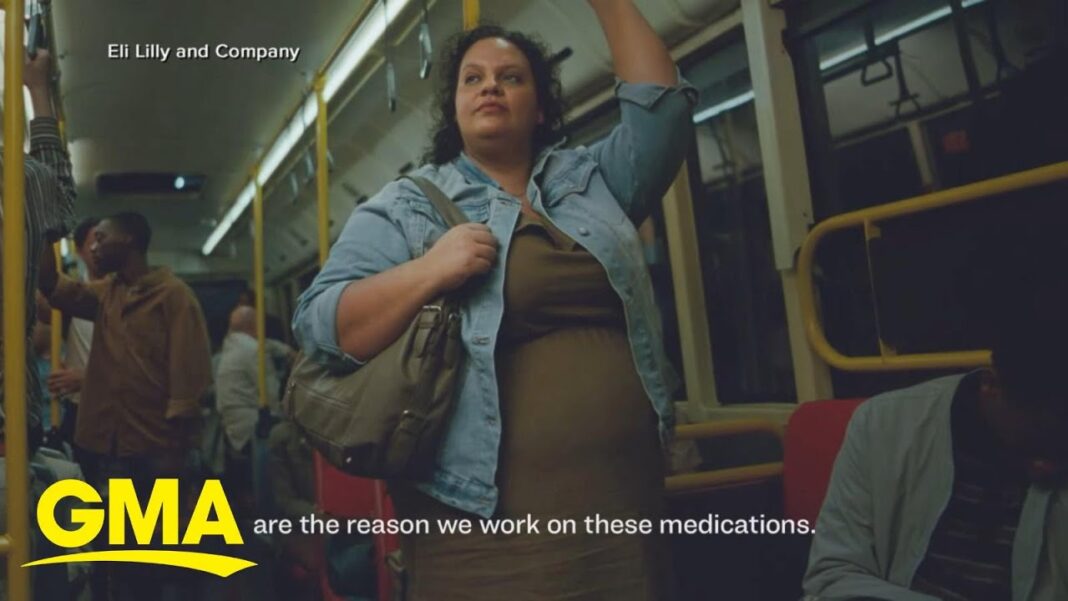Homelessness is a perpetual problem that never goes away. There will always be people who prefer the streets to a shelter, and there is no way to eradicate this social issue completely. There are, however, ways to mitigate the problem and alleviate unnecessary suffering and perhaps this issue could be brought to the attention of policymakers in an election year.
Instead of waiting for a federal solution, some states are working on their own to alleviate the problem. For instance, Florida’s homeless will be banned from sleeping on sidewalks and in parks and other public spaces under a law signed Wednesday by Republican Gov. Ron DeSantis. At the same time, the law promises the homeless greater access to services for issues such as substance abuse and mental health problems.
Homelessness in Minnesota declined slightly in the past five years, according to a new statewide study released Wednesday. But it remains at the second-highest level in more than 30 years. A study by Wilder Research found that nearly 11,000 Minnesotans were staying in shelters, transitional housing programs or living outdoors last October, including nearly 3,000 children.
That’s a 7% decline from the record high in 2018. But researchers say the gap in data from 2018 to 2023 means there could have been fluctuations in homelessness, especially during the COVID-19 pandemic.
Chicago voters are against a proposal to increase the real estate transfer tax on properties valued over $1 million, a move that was projected to generate $100 million annually for affordable housing and combating homelessness.
The number of people experiencing homelessness in Fort Worth, Texas has more than doubled in the past three years, according to a report from the city.
In response, the city is launching a new pilot program aimed at helping people in need through housing and mental health services.
On Tuesday night, the Fort Worth City Council approved a plan to spend $1,096,847 on a five- month program to reduce homelessness.
The partnership with the nonprofit My Health My Resources of Tarrant County will target areas of the city where the number of homeless people has visibly risen.
In Los Angeles, California, a complex legal and administrative battle over homelessness spending and policy continues, entangling city and state officials, the judiciary, and various programs designed to address the crisis.
The situation reflects a broader struggle to balance ambitious social programs with fiscal reality and operational challenges, underscored by voter skepticism towards expansive plans to address homelessness.
National non-profit SchoolHouse Connection released a new report, the most comprehensive analysis to date of homelessness among the nation’s youngest children. The report offers the first-ever state-by-state collection of data on infant and toddler homelessness and provides detailed recommendations for policymakers and communities alike.
Drawing on an extensive analysis of federal and other available data, the report estimates that nearly 365,000 infants and toddlers experienced homelessness during the 2021-2022 program year across the United States. Alarmingly, the report found that only 11% of these children were enrolled in early childhood development programs, with enrollment rates varying significantly by state.
Addressing homelessness is a multifaceted challenge that requires a comprehensive approach from state governments, emphasizing prevention, housing, and supportive services tailored to meet individual needs.
For starters, states should focus on creating an ample supply of affordable housing, as the lack of affordable options is a primary driver of homelessness. By investing in the construction and preservation of low-income housing and providing subsidies to make existing housing more accessible, states can directly reduce the number of people who lack a stable place to live. Simultaneously, preventive measures are critical to stop individuals and families from losing their homes in the first place. This could mean providing rental assistance, legal support to prevent unjust evictions, and programs that address the immediate needs of those at risk of homelessness, such as emergency financial aid for utility bills or rent.
Comprehensive support services that address the underlying causes of homelessness are equally important. This includes access to healthcare, mental health services, substance abuse treatment, job training, and education. Tailoring these services to meet the specific needs of different populations within the homeless community, such as veterans, youth, and families, can significantly enhance their effectiveness.
Engagement with the community and collaboration between government agencies, non-profits, and private sector partners would assist in amplifying the impact of state initiatives. By pooling resources and expertise, states would be able to implement more innovative and effective solutions, such as wraparound services that provide a holistic approach to supporting individuals transitioning out of homelessness.
Moreover, embracing a housing-first model, which prioritizes providing homeless individuals and families with permanent housing without preconditions, has proven effective in many contexts. Given that this is an election year, it is an opportune time to bring the problem of homelessness to the forefront of the national consciousness.
Through a combination of these strategies, state governments would make significant progress in alleviating homelessness, creating more inclusive, supportive, and resilient communities. And perhaps voters will care more about the issue and hold their elected officials accountable.





